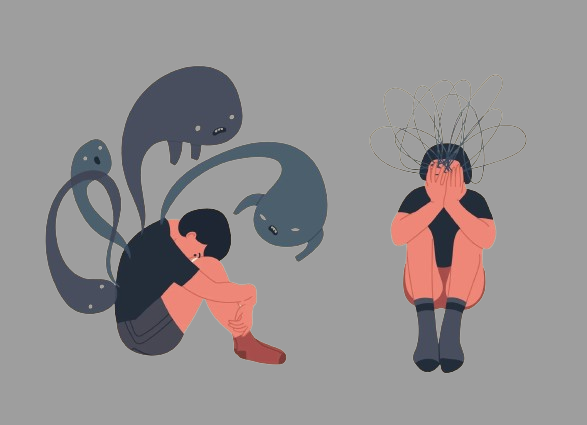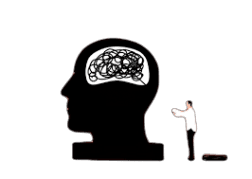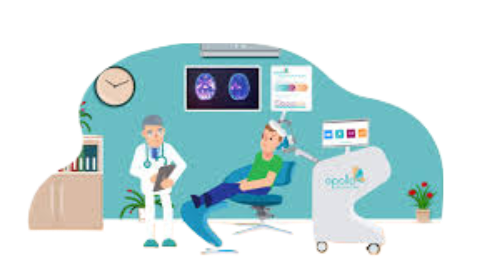Childhood trauma can leave deep emotional scars that extend into adulthood, affecting relationships, self-esteem, and overall well-being. Many adults struggle with unresolved childhood trauma without realizing how it impacts their daily lives. Understanding the symptoms and exploring different healing methods—both with and without therapy—can help you reclaim your emotional health.
Symptoms of Childhood Trauma in Adulthood
Unresolved childhood trauma manifests in various ways, often influencing thoughts, behaviors, and relationships. Some common signs include:
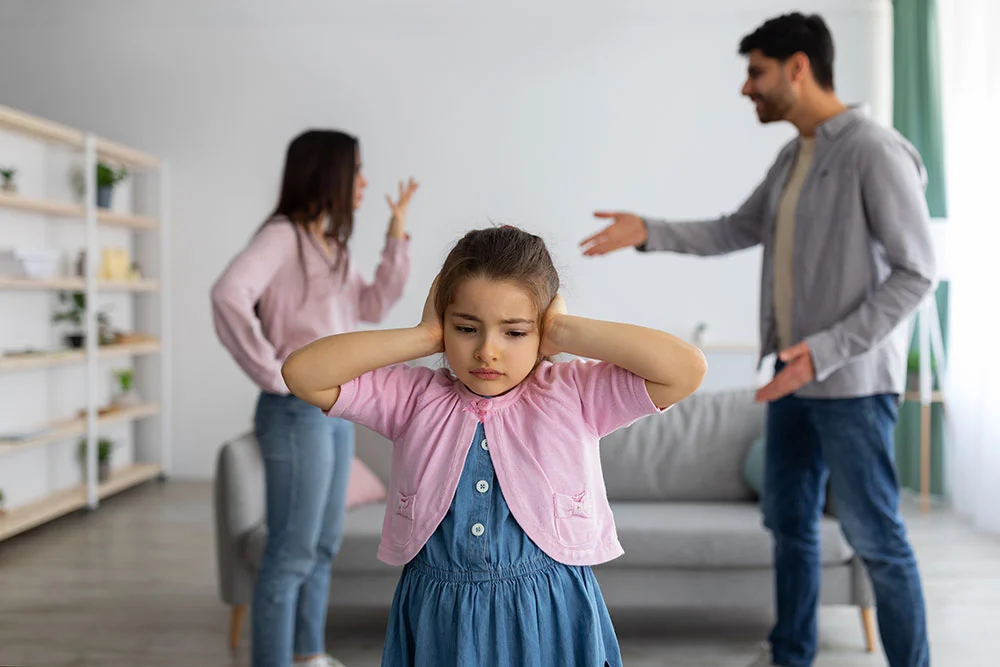
1. Emotional Dysregulation
Adults with childhood trauma may experience intense emotions such as anger, sadness, or anxiety without clear triggers. They might struggle with mood swings or difficulty calming themselves in stressful situations.
2. Difficulty Trusting Others
Trust issues are common in adults who experienced betrayal, neglect, or abuse in childhood. This can lead to problems in forming and maintaining healthy relationships.
3. Low Self-Esteem and Self-Doubt
Many trauma survivors battle feelings of unworthiness or imposter syndrome, constantly doubting their abilities and value.
4. Fear of Abandonment
Abandonment issues can create an overwhelming fear of rejection, leading to codependency or excessive people-pleasing behavior.
5. Unhealthy Coping Mechanisms
Some adults resort to unhealthy habits such as substance abuse, overeating, or self-isolation to numb emotional pain.
6. Perfectionism and Overachievement
Many trauma survivors feel the need to overcompensate by excelling in their careers or personal lives to gain validation and avoid feelings of inadequacy.
Recognizing these symptoms is the first step toward healing. But how can one overcome childhood trauma effectively?
Stages of Healing from Childhood Trauma
Healing is a journey, and it typically unfolds in stages:
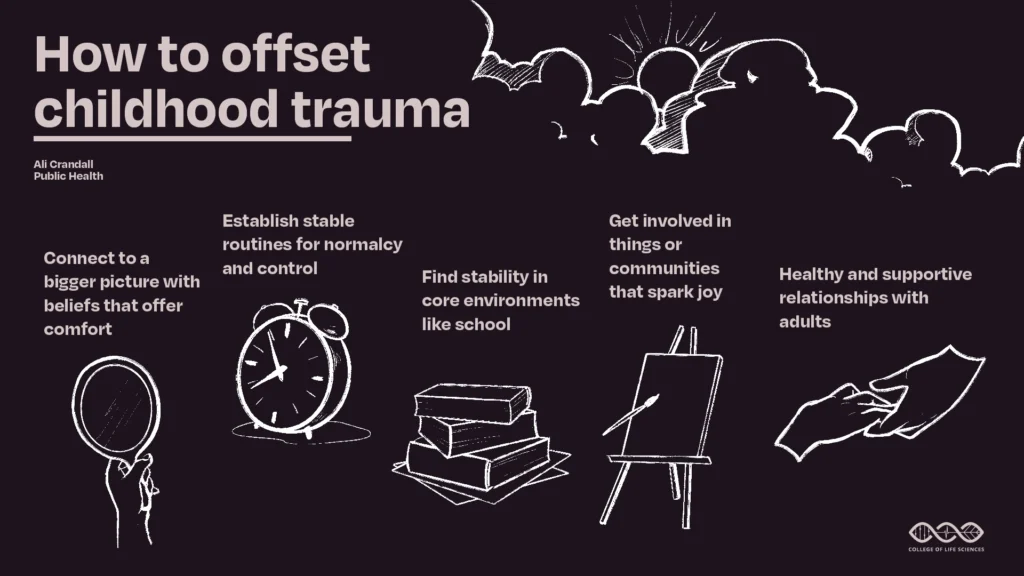
1. Acknowledgment and Awareness
The first step in healing is recognizing the impact of past trauma. Suppressing painful memories only prolongs suffering, so acknowledging them is crucial.
2. Understanding and Processing
Once awareness is established, learning about how trauma affects your brain and behavior helps you make sense of your emotional responses. Journaling or talking to a trusted person can assist in processing these feelings.
3. Developing Healthy Coping Strategies
Replacing unhealthy coping mechanisms with healthier ones—such as mindfulness, exercise, and self-care—allows for emotional resilience.
4. Rebuilding Self-Trust and Relationships
Building self-confidence and forming healthier relationships require intentional effort, such as setting boundaries and surrounding yourself with supportive people.
5. Long-Term Growth and Maintenance
Healing isn’t linear. There will be setbacks, but the key is persistence. With time, self-compassion, and practice, emotional wounds can heal.
How to Heal from Childhood Trauma Without Therapy
Therapy is a great tool for trauma recovery, but some individuals prefer self-healing methods. Here’s how you can heal without formal therapy:

1. Inner Child Work
Connecting with your inner child by writing letters, engaging in activities you loved as a child, or practicing self-soothing techniques can help heal deep-seated wounds.
2. Mindfulness and Meditation
Mindfulness practices help regulate emotions and reduce stress. Meditation, deep breathing exercises, and yoga can aid in trauma recovery.
3. Educate Yourself About Trauma
Reading books, listening to podcasts, or watching videos on childhood trauma can provide insights and practical coping mechanisms.
4. Journaling and Expressive Writing
Writing down your thoughts and emotions allows you to process your trauma in a structured way, promoting emotional clarity.
5. Practice Self-Compassion
Be kind to yourself. Avoid self-criticism and practice affirmations that reinforce self-worth.
How to Treat Childhood Trauma in Adults
For those seeking professional help, various treatment options exist:
1. Cognitive Behavioral Therapy (CBT)
CBT helps reframe negative thoughts and develop healthier coping mechanisms.
2. Eye Movement Desensitization and Reprocessing (EMDR)
EMDR is a powerful technique that helps process traumatic memories and reduce their emotional intensity.
3. Trauma-Focused Therapy
Specialized trauma therapists can guide individuals through structured healing approaches tailored to their experiences.
4. Support Groups and Community Healing
Joining support groups with people who have similar experiences can foster connection and healing.
Overcoming Childhood Trauma: Moving Forward
Healing from childhood trauma is possible with patience and self-compassion. Whether you choose therapy or self-healing techniques, the key is to remain committed to the process. Prioritizing mental well-being, surrounding yourself with supportive people, and implementing healthy coping mechanisms can lead to a fulfilling and empowered life.
If you recognize the symptoms of childhood trauma in yourself, take the first step today—awareness is the beginning of healing.

